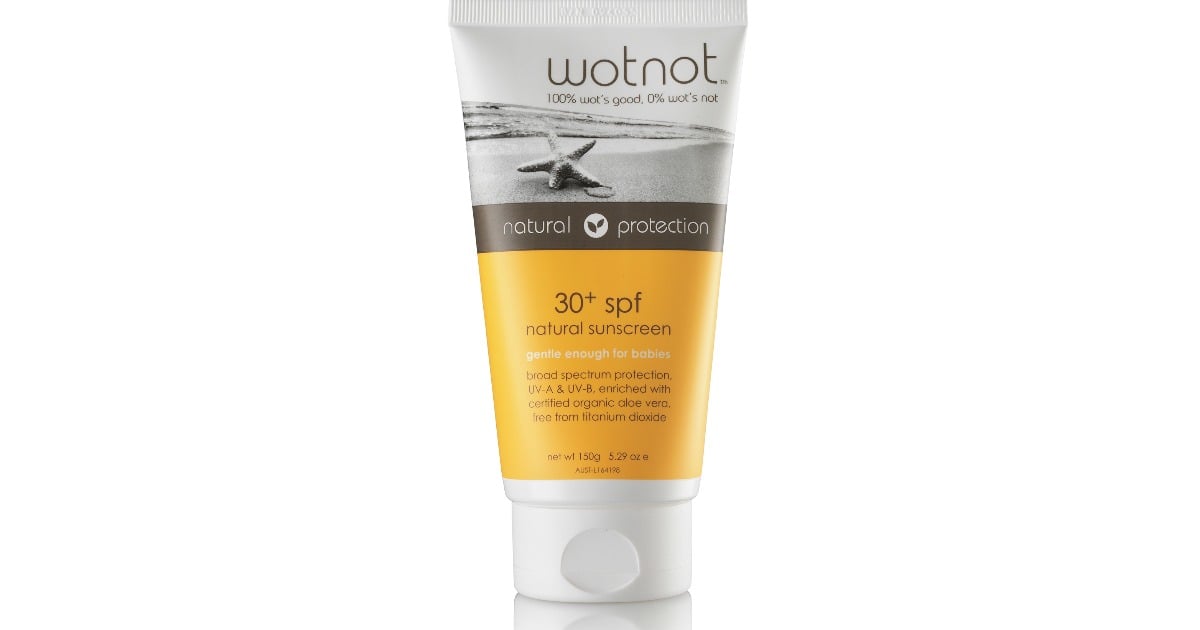
Despite there being a gazillion skin care products on the market, there’s one dermatologists, skin experts and beauty junkies unanimously rave about – sunscreen. We all know we should use it. Preferably every single day.
Now the conversation is shifting to what type of sun protection we should be slathering on our limbs now the mercury’s rising.
More and more skin care brands are releasing physical sunscreens (they’re called this because they physically block UV rays – reflecting them off the skin).
Look, there’s nothing wrong with using your regular chemical versions (that rely on a range of chemicals to absorb or scatter UV rays) but there are growing concerns some of the filters they contain could generate free radicals (which aren’t good for your skin or your overall health) or potentially disrupt hormones.
Looking to try something new, I decided to give physical sunscreen a go. I’m sold. If you’re politely nodding yet secretly thinking ‘would someone please explain the actual differences between chemical and physical sunscreen?’, here’s what you need to know.
Chemical sunscreen.
How it works: By either scattering or absorbing the sun’s rays. To do this, they rely on chemicals like Octylcrylene, Avobenzone, Octinoxate, Octisalate, OxyBenzone and Homosalate.
How to use it: If you’re wearing it on your face (if you’re not you should be!) put it on first, before moisturiser and makeup. It takes 20 minutes before your skin is protected, so factor this in before heading outdoors. Chemical sunscreens are basically invisible once applied which makes them pretty damn easy to use on a day-to-day basis.

































































































